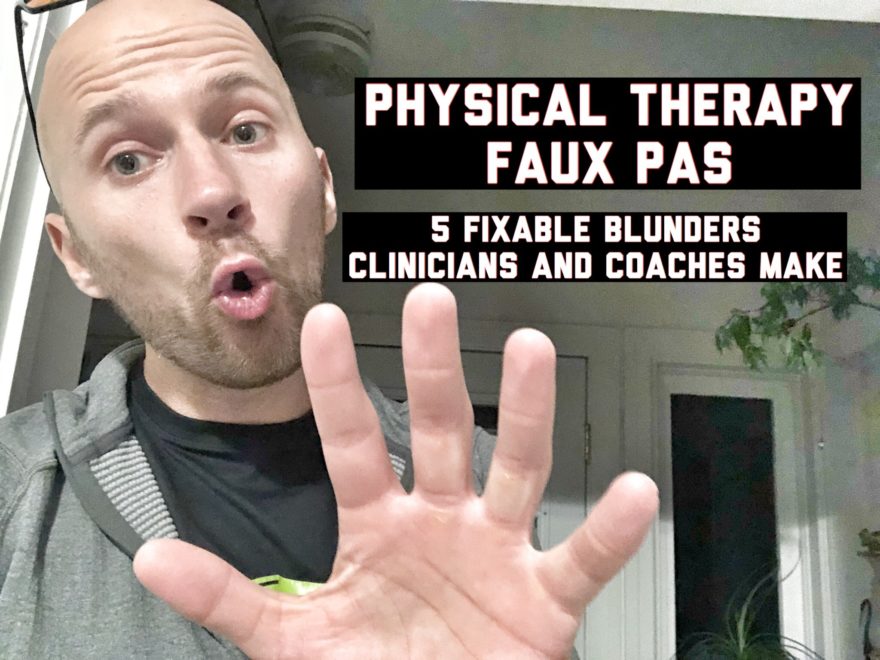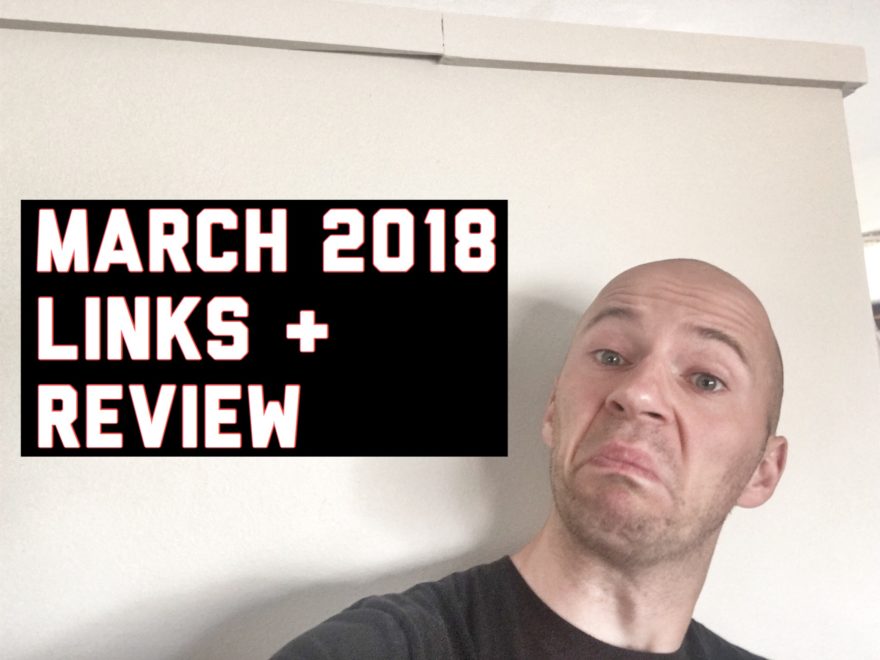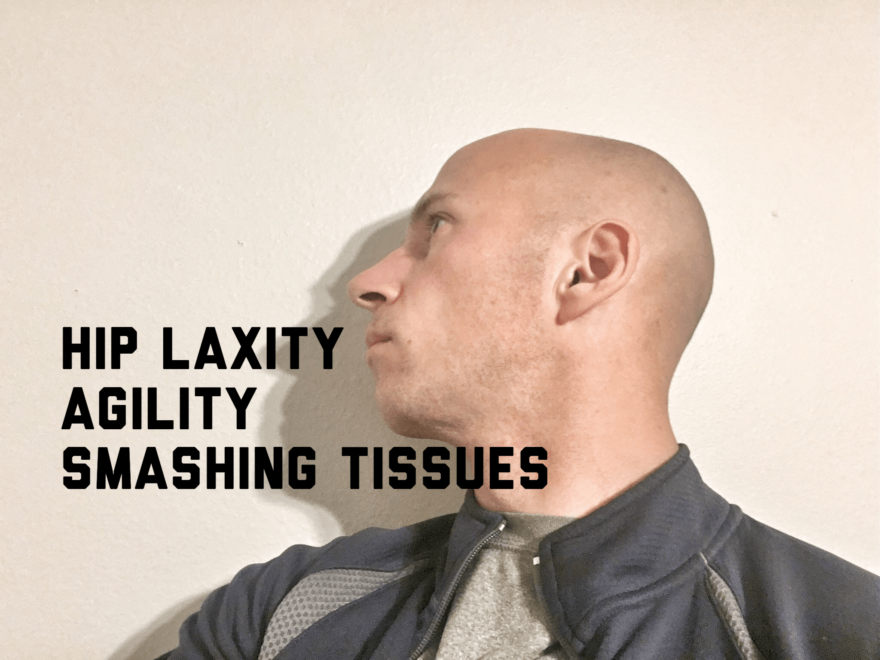Faux Pas: (Noun) An embarrassing or tactless act or remark.¹ I’m not the greatest physical therapist. I make mistakes, some people don’t get better, some people get worse. Yet despite my flaws, I’ve done all that I can to minimize as many avoidable errors as possible. Errors that can put maladaptive beliefs into a client’s mind. Errors that can hinder progress. Sadly, I see many people make these avoidable errors. And I’m not talking therapists only. I’m talking coaches, doctors, chiropractors, everyone. While we can all agree that clinical errors are expected and unavoidable, many problems can be fixed simply by changing the way we think and communicate with clients. Better communication will lead to greater success for the client one, and better collaboration to those seeking to help said client. Here are some faux pas to avoid, and solutions to these problems.
Read More


